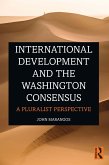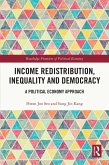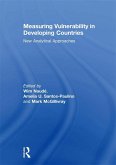Most chapters are based on empirical methods yet are presented in an easy-to-follow way in order to make the book also accessible for a non-scientific audience.
The volume explores three key questions:
- How can labour utilisation be increased by labour market institutions?
- Which CEE countries managed to create a labour market institutional framework beneficial for labour utilisation?
- How should the labour market institutions in CEE countries be reformed in order to increase labour utilisation?
The book argues that the legacy of transition reforms and a centrally planned past is still relevant in explaining common patterns among CEE countries and concludes that increasing the stock of skills accumulated by the employed and improving utilisation of these skills seems to be the first-best solution to increase labour utilisation.
The book will be of interest to post-graduate researchers and academics in the fields of labour economics, regional economics, and macroeconomics as well as scholars interested in adopting an institutional analysis approach. Additionally, due to the broader policy implications of the topic, the book will appeal to policymakers and experts interested in labour economics.
Dieser Download kann aus rechtlichen Gründen nur mit Rechnungsadresse in A, B, BG, CY, CZ, D, DK, EW, E, FIN, F, GR, HR, H, IRL, I, LT, L, LR, M, NL, PL, P, R, S, SLO, SK ausgeliefert werden.









